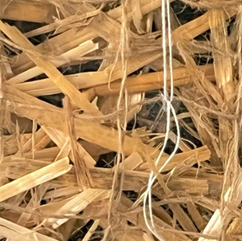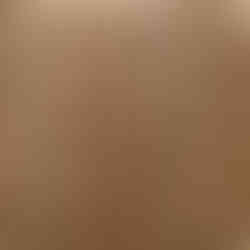Erosion Control Blankets are an essential tool in preventing soil erosion and stabilizing slopes. The choice of blanket depends on several factors including the slope of the project, type of soil, and amount of rainfall. In this guide, we will explore how these factors play a role in determining the best type of erosion control blanket for your project.
Factors to Consider When Choosing the Proper Erosion Control Blanket
Slope: The slope of the project is one of the key factors in determining which type of erosion control blanket to use. A steeper slope may require a blanket with a higher degree of stability, while a gentler slope may only require a more basic blanket. Sloped areas often need extra stabilization. Our tool recommends the "Biodegradable (Jute) - Double Net - 70% Straw 30% Coconut" blanket for such scenarios
Type of Soil: The type of soil on the project site is also important to consider when selecting an erosion control blanket. For example, heavy clay soils may require a blanket with more stability, while sandier soils may not require as much stability.
Amount of Rainfall: The amount of rainfall in the area can also affect the choice of erosion control blanket. Projects in areas with high amounts of rainfall may require a blanket with a higher degree of stability to prevent erosion during heavy rain events.
- Blanket Options -
Fill:
Straw: Straw blankets are a popular choice for projects with gentle slopes and low rainfall. They are made from natural materials and provide a cost-effective option for temporary erosion control.
Coconut: Coconut coir blankets are made from coconut fibers and are ideal for projects with steeper slopes and high amounts of rainfall. They provide a high degree of stability and are a sustainable and environmentally friendly options.
Often a manufacture can produce a 70% Straw and 30% Coconut mix to combine both fills.
- Netting Type -

Jute Netting: Jute netting is a biodegradable option that is best used for projects with gentle slopes and low amounts of rainfall. When choosing the proper Erosion Control Blanket and it needs to be fully biodegradable ensure it is made from natural materials and provides a cost-effective option for temporary erosion control.

Plastic Netting: Photodegradable blankets are made from synthetic materials and provide a high degree of stability. They are ideal for projects with steeper slopes and high amounts of rainfall, and are best used for permanent erosion control. Plastic netting is usually black or green color.
- Netting Layers -
Single Net: This is where the blanket has one layer of netting material that holds the fibers in place. This type of blanket is typically less expensive than a double net blanket and is suitable for less severe erosion control needs. The single netting material is designed to degrade over time, allowing the fibers to mix with the soil and provide additional stabilization.
Double Net: A double net erosion control blanket has two layers of netting material, providing additional strength and stability. The top layer of netting holds the fibers in place, while the bottom layer provides additional support and erosion control. In order to use Coconut fill the blanket will have to be Double Net.
- Conclusion -
When selecting an erosion control blanket, it is important to consider the slope of the project, type of soil, and amount of rainfall. Each of these factors plays a role in determining the best type of blanket for your project. Whether you choose a straw blanket, coconut coir blanket, jute netting, or synthetic blanket, it is essential to choose the right blanket to ensure the success of your project.
- Infographic -

Now that you chose the right Blanket it is time to install! Review the blog here on learning how you can install erosion control blanket on a slope or channel: Click Here
If you want to learn more reach out to us here: sales@bmpsupplies.com
Or view all our Blankets Here


















